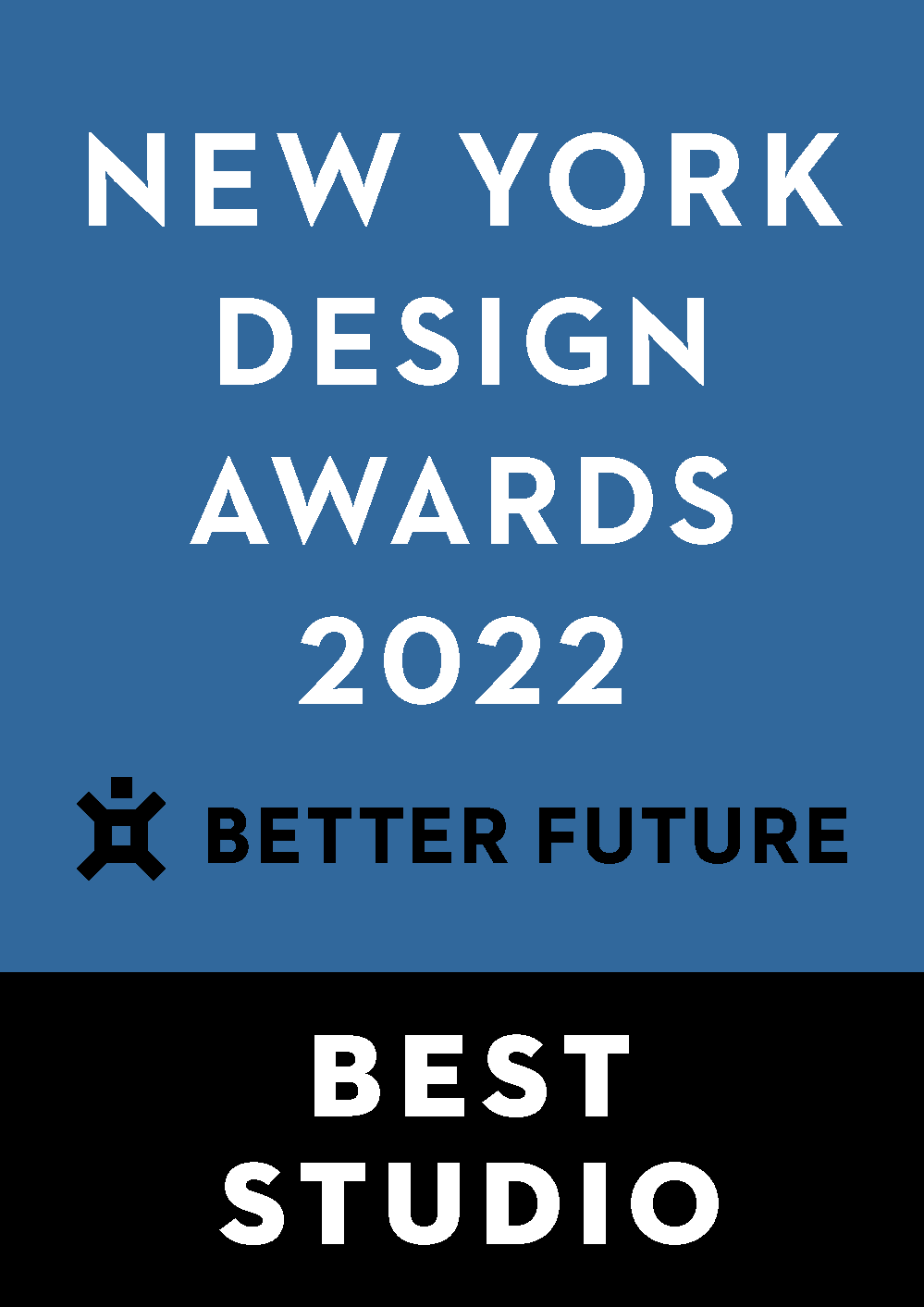









Image Credit : Mucca

Project Overview
The Tin Building by Jean-Georges is an exciting new 53,000-square-foot culinary destination located at Pier 17 at the Seaport on the former site of the Fulton Fish Market. Inspired by New York City’s history as a bustling commercial and maritime hub, the Tin Building marketplace has been meticulously reconstructed and transformed into a multi-sensory culinary journey of global food & beverage experiences. In partnership with The Howard Hughes Corporation®, the Tin Building by Jean-Georges features six new full-service restaurant concepts, five fast-casual counters, as well as bars, focused on wine, craft cocktails, and craft beers—all anchored by a central marketplace featuring a locally sourced, curated selection of seafood, meats, cheese, produce, plus three specialty retail markets.
Project Commissioner
Project Creator
Team
Sean O'Connor: Senior Designer
Karla Pasten: Designer
Matteo Bologna: Creative Direction
Yoon Choi: Project manager
Project Brief
How to expand the world of Jean-Georges food into apparel and Homegoods without looking too cheap?
Project Innovation/Need
We made sure that the storytelling was centered around the history of the location and the vital commerce that has been the soul of the era since the 1800s, and we expressed that with copy and typography and with a healthy layer of humor.
Design Challenge
Working with different vendors across the globe during the pandemic was pretty stressful, but the partners worked their asses off contributing to the project with exceptional results.
Effectiveness
The merchandise is perfectly integrated with the interior design and welcomed by the visitors and their wallets.
Graphic Design - Three Dimensional
This award celebrates creative and innovative design in traditional or digital visual representation of ideas and messages used in packaging. Consideration given to: clarity of communication and the matching information style to audience; the approach, including marketing and branding concerns, the dynamics of the retail environment, environmental considerations, and legal requirements; the component parts of packaging graphics such as colour rationalisation, information layout, feel and tone of illustration and photography, and finishes, and how they are used in isolation and in relation to each other; and the relationship to the anatomy of the structural design.
More Details


